Vectors and scalars
Scalar
Scalar – Quantity having only magnitude (not direction). It’s only a number.
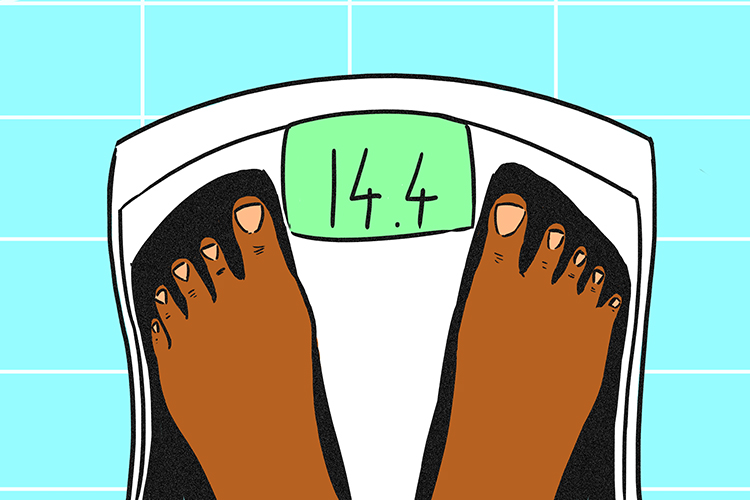
The scales (scalar) only give you a number.
Scalar quantities include:
- Speed
- Area
- Value
- Temperature
- Distance
- Time
- Mass
To name but a few.
All these examples only have size (magnitude). Unlike a vector, it doesn’t mention direction.
Scalars are easy to use. You just add the numbers.
Example 1
|
3m2 |
+ |
4m2 |
= |
7m2 |
|
Area |
+ |
Area |
= |
Area |
Example 2
A person buys a bag of sugar labelled with a mass of 500g. The mass of this bag of sugar is a scalar quantity. It only needs a number to describe it.
Vector
Vector – Is a line which has magnitude (how long it is) and direction.
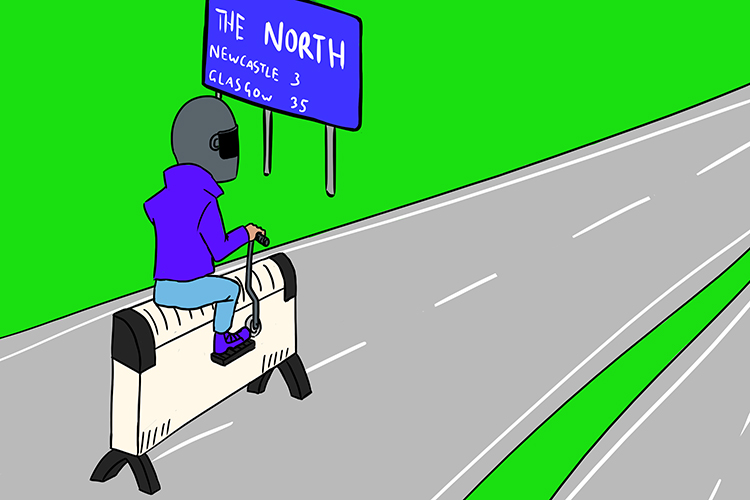
They drove the convector for a long period of time (how long) northwards (and direction).
A vector is a physical quantity that has both a magnitude and a direction
Examples of vectors:
- Velocity (speed and direction)
- Displacement (distance in a given direction)
- Force (you push something with strength (magnitude) in a particular direction e.g. up a hill)
- Acceleration (is a vector quantity because it has both magnitude and direction. When an object has a positive acceleration, the acceleration occurs in the same direction as the movement of the object. When an object has a negative acceleration (it's slowing down) the acceleration occurs in the opposite direction to the movement of the object).
Example 1
A car travels at 70mph in the direction of East. We know the magnitude which is 70mph and going East is the direction. Speed (magnitude) and direction together form a vector we call velocity.
Example 2
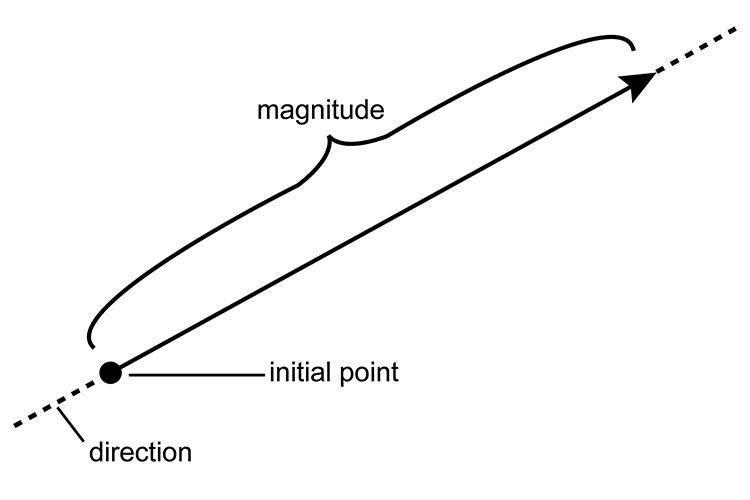
John walks north 20 metres. The direction”north” together with the distance “20 metres” is a vector called displacement.
Example 3
Vectors can be added or subtracted from each other to produce a resultant vector.
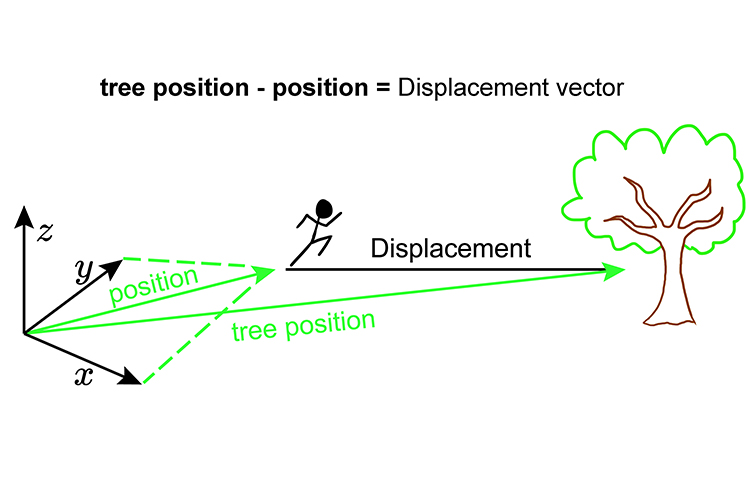
If you were stood at the intersection of the x, y and z axis in the image above the person in the image is at a displacement from the tree. This displacement is equal to the tree's displacement position from you, minus the person's displacement position from you.
Example 4
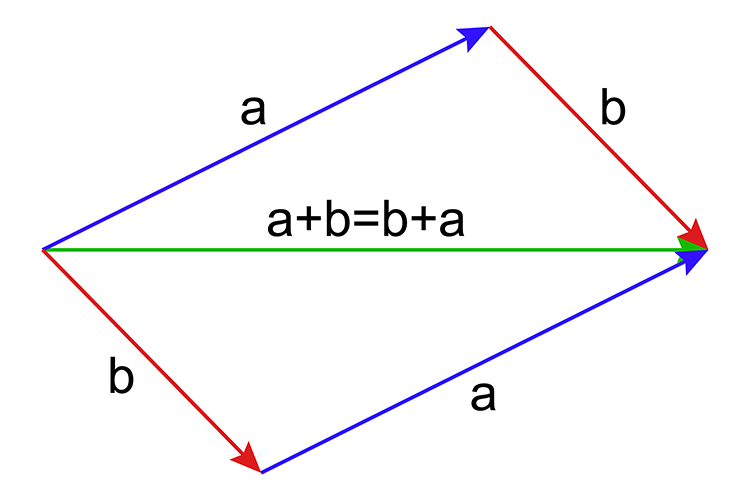
It does not matter which order you add vectors together. The resultant vector will be the same.
If you add vector a (blue vector) to vector b (red vector) the resultant green vector will be the same as if you added vector b (red vector) to vector a (blue vector).
Example 5
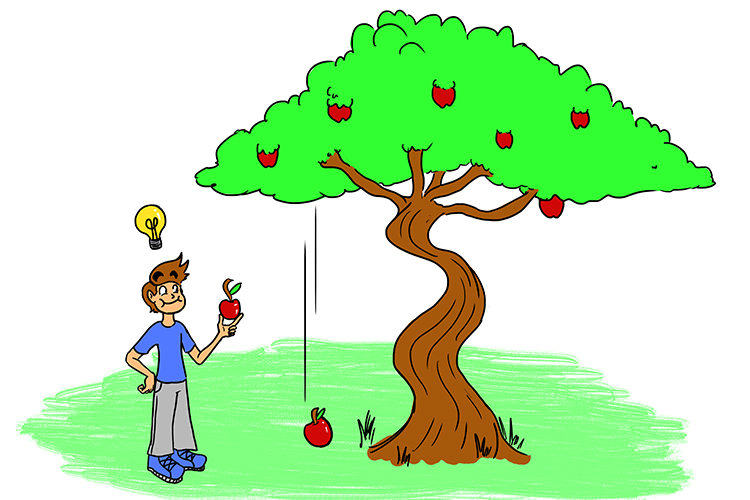
An apple falls down at 10 metres per second. The direction “down” combined with the speed “10 metres per second” is a vector (this kind of vector is called velocity).




